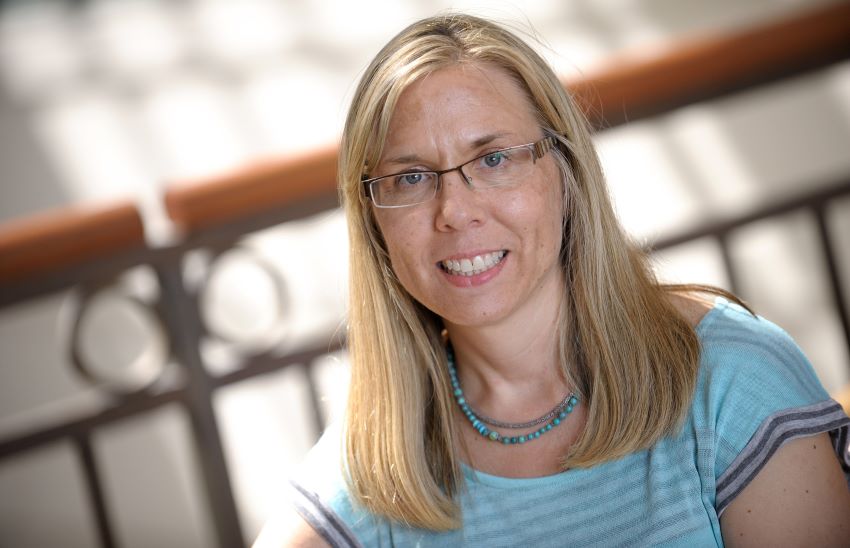Self-healing materials innovator recognized for her influence
Materials scientists and engineers have developed materials with the ability to heal themselves from damage by closing up tiny cracks before they become deep fissures. These materials can be used to protect infrastructure, military equipment, industrial machinery and more.
One of the pioneers behind the development of these self-healing materials is Nancy Sottos, a University of Delaware alumna.
For her impact and influence as an engineer, Sottos, the Department Head, Professor and Swanlund Chair of Materials Science and Engineering at the University of Illinois at Urbana-Champaign, was recently selected as a member of the National Academy of Engineering (NAE).
This is among the highest honors an engineer can receive. “Election to the NAE is an honor and wonderful recognition by my peers,” said Sottos. “I feel very proud and humbled to have the opportunity to participate in the NAE.”
Sottos received a bachelor’s degree and doctoral degree in mechanical engineering from UD in 1986 and 1991, respectively. She received the Department of Mechanical Engineering’s Distinguished Alumni Award in 2007 and is an external advisory council member for the Department of Materials Science and Engineering, which was founded in 1998.
“While at UD, one of the most important things I learned for my future career was how to work a part of a collaborative team,” said Sottos. “All of my current research is part of a collaboration with chemists, materials scientists and aerospace engineers. UD also gave me a strong foundation in mechanics and materials.”
Her doctoral advisor and a founder of UD’s Center for Composite Materials, the late Roy McCullough, helped Sottos think outside the box. Mechanical engineering professors Tsu-Wei Chou, Mike Santare, Mike Greenberg, and co-advisor Selcuk Guceri—the latter now a professor at Worcester Polytechnic Institute—were also instrumental to her education, said Sottos.
Today, Sottos conducts research centered on polymers and composite materials capable of self-healing and regeneration, mechanochemically active polymers, and materials designed for reliable energy storage.
With her collaborators, Sottos co-founded a company, Autonomic Material Inc., that has commercialized self-healing coatings and paints based on their research. “Future applications may involve composite structures that can self-heal or self-report damage—for example—a space structure that can autonomously heal damage from the environment,” she said. “Use of self-healing strategies in solid state batteries is another promising application.”
Sottos has previously been recognized with the Office of Naval Research Young Investigator Award, Scientific American’s SciAm 50 Award, the Hetényi Best Paper Award in Experimental Mechanics, the M.M. Frocht and B.J. Lazan Awards from the Society for Experimental Mechanics, the Daniel Drucker Eminent Faculty Award, an IChemE Global Research Award and the Society of Engineering Science Medal. She is a Fellow of the Society of Engineering Science and the Society for Experimental Mechanics


